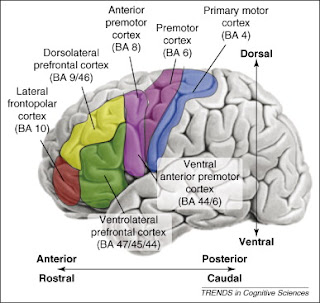「脳、ウソつかない」
Brain scans can reveal how you think and feel, and even how you might behave. No wonder the CIA and big business are interested.(脳をスキャンすれば、人が考えてる事、感じてる事、そしてどう行動するだろうかまで丸見えになる。どうりでCIAや大企業が興味を示すわけだ。)
Ian Sample and David AdamBrain scans can reveal how you think and feel, and even how you might behave. No wonder the CIA and big business are interested.(脳をスキャンすれば、人が考えてる事、感じてる事、そしてどう行動するだろうかまで丸見えになる。どうりでCIAや大企業が興味を示すわけだ。)
The Guardian. Nov. 20, 2003
[...]
The suggestion that brain scans could reveal not just our future health, but the intricacies of our personalities and how we might behave in a given situation, is unsettling enough to some scientists that they want legislation to stop brain-scan records falling into the wrong hands. "We're starting to get detailed information from these brain-scan experiments and soon people are going to be able to use it to predict an individual's behaviour," says Paul Glimcher at the Centre for Neuroscience at New York University. "That information has got to be proprietary to the individual."
[...]
Three years ago, scientists at University College London used fMRI to investigate the essence of love. They recruited people who confessed to being hopelessly in love with their partners and showed them a series of photographs of people they knew, one of which was their partner. Although brain activity was different in each individual, the researchers found that in every case, four specific regions of the brain lit up each time they saw the one they loved. The researchers announced that they had discovered the brain's common denominator of romantic love.
[...]
Zak says fMRI stands to make a big impact in what has been dubbed "neuro-marketing". As an example of how fMRI might be used, Zak proposes a company that wants to increase its sales of milk. One way it might is to gather a group of people who like milk and scan them as they drink a glass. Some of the regions of the brain that buzz with activity might be triggered by any drink, but others may be triggered only by milk. Find other stimuli that trigger these regions of the brain and it could help you work out what it is that makes milk enjoyable, says Zak. Suppose objects from your childhood made those regions of your brain flicker. It might be that milk was evoking a sense of nostalgia, reminding you of when you got milk at school.







